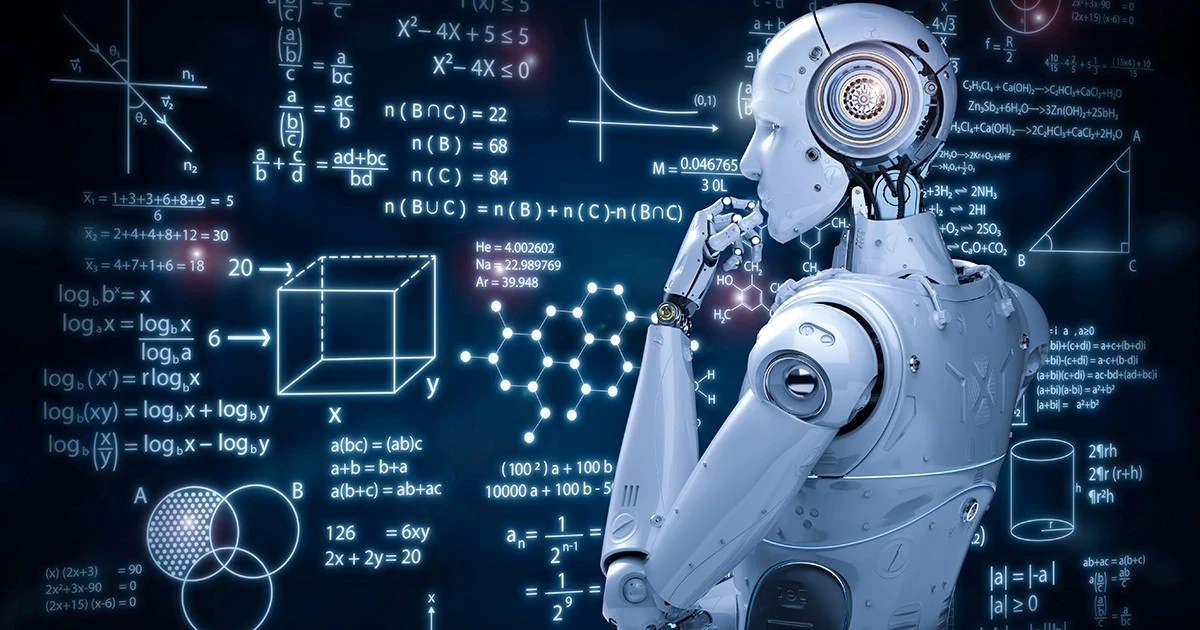A.I. Chatbots Threaten Their Own Best Sources Of Data, How Will They Learn Next?

Artificial Intelligence (A.I.) chatbots have become ordinary in our daily lives, offering us everything from customer support to virtual companionship. These digital assistants have the ability to engage in natural language conversations with humans, thanks to the vast amounts of data they have been trained on. However, an emerging concern is that A.I. chatbots may inadvertently threaten the very sources of data that fuel their learning.
The Role of Data in A.I. Chatbot Learning
A.I. chatbots, whether they are used for customer service, information retrieval, or simply casual conversation, rely heavily on the data they are trained on. Data includes text, voice, and visual inputs, as well as interactions with human users. The more data an A.I. chatbot has access to, the better it can understand and respond to human queries and needs. This data-driven learning process, called machine learning, forms the backbone of A.I. chatbot development.
The Threat: Data Depletion
One of the inherent risks of A.I. chatbot usage is data depletion. As chatbots interact with users, they consume data from conversations, emails, and text messages. The more popular and advanced a chatbot becomes, the more data it needs to continue learning effectively. Unfortunately, A.I. chatbots are not only consuming data; they are also contributing to the depletion of their data sources.
In some cases, A.I. chatbots inadvertently diminish the very data they rely on. For example, in the context of customer service chatbots, users often prefer to interact with a human agent when they encounter complex or frustrating issues. When customers seek help from human agents, valuable conversational data is generated, but chatbots miss out on this learning opportunity. As chatbots are designed to handle simpler, routine tasks, they might not improve their problem-solving capabilities as effectively as desired.
Adaptation and Learning for A.I. Chatbots
Given this challenge, A.I. chatbots need to evolve and adapt in order to continue learning. Here are some strategies for A.I. chatbots to thrive in the face of data depletion:
- Data Diversification:I. chatbots can be programmed to seek data from diverse sources. For example, they can be designed to actively request user feedback, which can provide valuable insights to improve their performance.
- Hybrid Approaches: A combination of human and A.I. interaction can be beneficial. Hybrid models involve chatbots escalating complex issues to human agents, learning from the resolution, and then applying that knowledge in future interactions.
- Knowledge Expansion: Chatbots can expand their knowledge base by drawing information from reputable sources on the internet. This can help them provide more accurate and up-to-date answers, even when they lack prior conversational data.
- Reinforcement Learning: Chatbots can use reinforcement learning techniques to refine their responses and decision-making over time. This way, they can improve their problem-solving skills through continuous self-assessment.
- Privacy and Ethics:I. chatbots must be programmed to respect data privacy and ethical standards to ensure that data usage remains transparent and consensual.
The evolution of our lives with A.I.
A.I. chatbots play a pivotal role in our increasingly digital world, but their relentless consumption of data raises concerns about data depletion. While A.I. chatbots risk diminishing their own data sources, there are strategies they can employ to continue learning and improving. By diversifying data sources, implementing hybrid approaches, expanding knowledge bases, and practicing ethical data usage, A.I. chatbots can ensure their long-term relevance and effectiveness. As technology continues to advance, the ability of chatbots to adapt and evolve will be crucial in addressing these challenges and delivering valuable user experiences.




